- The Heat Will Kill You First: Life and Death on a Scorched Planet
- Little, Brown (2023)
- The Great Displacement: Climate Change and the Next American Migration
- Simon & Schuster (2023)
For authors of books on climate, this has been a wonderful year. Whatever they may warn about, it’s happening to someone every day: floods in Beijing and Nova Scotia, droughts in British Columbia and California, wildfires from Alberta to Maui, stupefying heat waves in Arizona and Chile (where it’s supposed to be winter).
Two such books deserve close attention. Both are by excellent reporters who see the telling details. Both argue that inequality makes some of us far more vulnerable than others. And both explore aspects of climate change that will bring political and economic upheavals very soon — around the world and here in B.C. They leave it to us to respond to those upheavals.
Jeff Goodell, author of The Heat Will Kill You First, has been writing articles and books on climate change for years. In this wide-ranging book, he shows us we have evolved to cope with heat, first by developing sweat glands and then by losing body hair to make sweating more efficient. But we have now unleashed heat on a scale not seen on this planet in a million years, and evolution would be too slow to save us. We are also likely too slow to save ourselves.
An early and powerful chapter deals with Jonathan Gerrish and his wife Ellen Chung, a California couple who went for a hike with their baby daughter Miju and their dog Oski on a hot day in the Sierra Nevada foothills. They were all dead within hours, victims of heat stroke on an exposed, unshaded trail.
“Broadly speaking,” Goodell writes, “there are two kinds of heat stroke: classic and exertion. Classic heat stroke hits the very young, the elderly, the overweight and people suffering from classic conditions like diabetes, hypertension and cardiovascular disease.... Exertional heat stroke, on the other hand, often hits the young and fit. Exercise drastically accelerates temperature rise.”
‘Your body unravels’
Goodell describes how the heart beats faster to circulate the blood and try to cool down (which is why so many of the 600-plus fatalities in our 2021 heat dome were from cardiac arrest). “At body temperature of 105 to 106 degrees,” Goodell goes on, “your limbs are convulsed by seizures. At 107 and above, your cells themselves literally break down or ‘denature.’ Cell membranes… literally melt. Inside your cells, the proteins essential to life… unfold and the bonds that keep the structures together break.... At the most fundamental level, your body unravels.” Something like that happened to the Gerrish-Chung family.
Another chapter describes Harold Goodman, a terrible driver who collected expensive cars. He could afford to, because he’d built a company in Houston, Texas that made cheap, reliable air conditioners. Thanks to him, Houston and countless other cities in the U.S. South and Southwest could actually grow and prosper.
But air conditioning has been a Pyrrhic victory in the climate war: as Goodell observes, it creates intense demand for electricity, often from fossil fuels, and it just moves the heat outside. Worse yet, it exposes the poor to greater danger.
He describes the case of Stephanie Pullman, a 72-year-old retiree in Phoenix living on a pension of less than $1,000 a month. In the summer of 2018, Arizona Public Service cut off her electricity because she owed $51.84. A week later, Pullman’s daughter found her mother dead in her bed, a victim of heat exposure. An inquiry revealed that APS had cut off its customers 39,000 times between May and September of that year.
In effect, Goodell argues, “the future of Phoenix and Chennai, and many cities like them, is a kind of temperature apartheid, where some people chill in a bubble of cool and others simmer in debilitating heat.”
The critical element in Goodell’s book is not the statistics or the authorities he cites, but the people he writes about. We can identify with the Gerrish-Chung family, with Stephanie Pullman, with John Orlowski, who goes into the Arizona desert to leave water and food for illegal migrants, and a host of other people dealing right now the heat. Knowing something about them and their backgrounds makes them — and their situation — far more real.
Roast or go broke
If the heat doesn’t kill you first, it’s likely to bankrupt you. That’s the thesis of Jake Bittle’s excellent book The Great Displacement: Climate Change and the Next American Migration. Bittle looks at communities that have suffered disasters from various effects of climate extremes: fire, flood, hurricanes, drought, rising sea levels.
Like Goodell, Bittle finds humans have often contributed to the disasters; like Goodell, he also finds the poor and marginalized suffer more than the affluent and powerful. And like Goodell, he shows us specific people and places.
Hurricane Floyd put Lincoln City, a Black suburb of Kinston, North Carolina, under five feet of water. It was not the first time. The Federal Emergency Management Agency offered to pay residents for the value of their property if they would move away. Most did, though it was agonizing to leave homes that had been theirs for generations.
Ironically, Kinston fell on hard times after its Black community scattered, but a former Lincoln City resident, Eartha Mumford, organized annual reunions of the Lincoln City diaspora. Thousands fondly remembered their old community, and the gatherings “began to provide the city of Kinston with a much-needed boost to its lagging tourism industry.”
For Vicki and Mark Carrino, affluent homeowners in Santa Rosa, California, the Tubbs Fire seemed remote — until it swept toward them at nearly 50 kilometres an hour. They escaped, but like their neighbours they now faced a big question: where do we go now? California faces a major housing shortage, enhanced by politically powerful homeowners who don’t want their idyllic neighbourhoods disturbed by densification.
“The fire made this already dire problem even worse,” Bittle writes. “The blaze destroyed more than 5,000 homes in the city of Santa Rosa alone, eliminating a full five per cent of the city’s housing stock.… Prices jumped 10, 20, 30 per cent overnight.”
The well-insured rich could access enough money to rebuild, or at least put a down payment on a new home. The less affluent moved in with relatives, sometimes across the country, or settled for smaller homes at higher prices.
Investing in burnt-out lots
The Carrinos rebuilt, but others in their neighbourhood could not; whole streets were just empty lots, now owned by investors waiting for the price of land to go up. (The burned-out survivors of Lahaina fear something similar will happen to them.)
Meanwhile, the insurance companies realized the new homes they’d paid for were just as vulnerable to wildfires as the old ones had been. Insurance premiums went up, and some homeowners found themselves simply uninsurable. So did the famous Sonoma County wineries, the mainstay of the local economy.
Bittle shows this problem recurring all over the U.S., especially in flood-prone cities like Norfolk, Virginia and Houston, Texas. Despite the difficulties of getting insurance (or a FEMA buyout), people keep buying homes in flood zones and then reselling them to move into a safer neighbourhood. Bittle says it’s like people passing around a stick of dynamite with a lighted fuse: at some point a house will flood (or burn), leaving the uninsured owners as ruined as their home.
This game of beggar-my-neighbour is being played by millions — in coastal communities exposed to storms, wildfire or rising sea levels, and in desert communities grown too big for the water available.
Bittle argues that climate migrants tend to flee storms and move toward heat — like the New Orleans families after Hurricane Katrina that moved to Dallas. But where can bankrupt families go, especially if they number in the hundreds of thousands or millions? And what will they do when they get there?
Having made a good case for retreat from endangered coasts and drought-stricken regions, Bittle makes a weak one for the Rust Belt states south of the Great Lakes as a climate refuge. He argues that the lakes would provide a reliable water supply, but it’s unlikely that Ohio cities like, say, Cincinnati and Canton could welcome millions and provide them with food, shelter and work.
He also shrugs off migration from Mexico and Central America (and everywhere else), and ignores Canada altogether. All politics may be local, but climate politics knows no borders.
Still, what Bittle says applies to us. Canada in general, and B.C. in particular, are at risk of rising sea levels, flooding, wildfires, drought, and an ever-worsening housing shortage. Imagine the economic impact of a major storm surge on the homes of Delta, B.C., or of a wildfire on the North Shore. Billions of dollars’ worth of real estate would become uninsurable. For an economy built largely on endless growth in the value of residential property, such a disaster would be like the collapse of a gigantic Ponzi scheme.
Goodell and Bittle brilliantly describe our problem, but they offer no workable solutions. Goodell tells us, “I met people while researching this book who believe that the political and economic systems that go with them are unsalvageable.... The solution is to burn it all down and start over.”
Bittle also hints at revolution: “If the most pervasive impact of the climate crisis will be property destruction, it follows that the best way of resolving the crisis will be to ensure that everyone has access to housing, before and after disasters. The government cannot protect every home from destruction, but it can protect every person from the worst consequences of losing their home."
The authors may be right. American and Canadian homeowners tend to be conservative, anxious to protect their property and its value. If they were suddenly to find their property worthless, they would turn overnight into a formidable army of radical revolutionaries. ![]()
Read more: Books, Rights + Justice, Environment


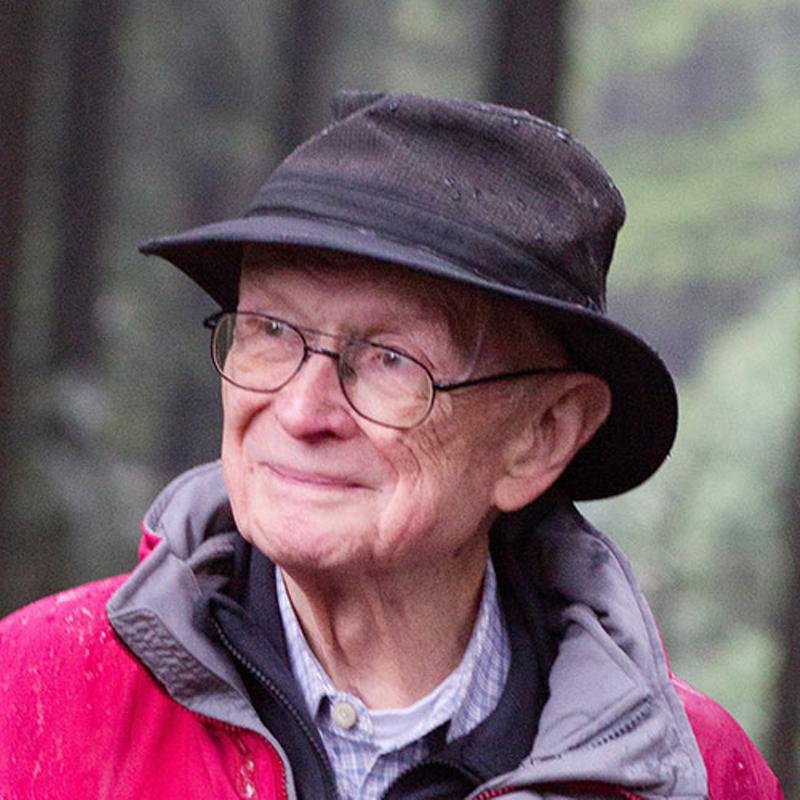

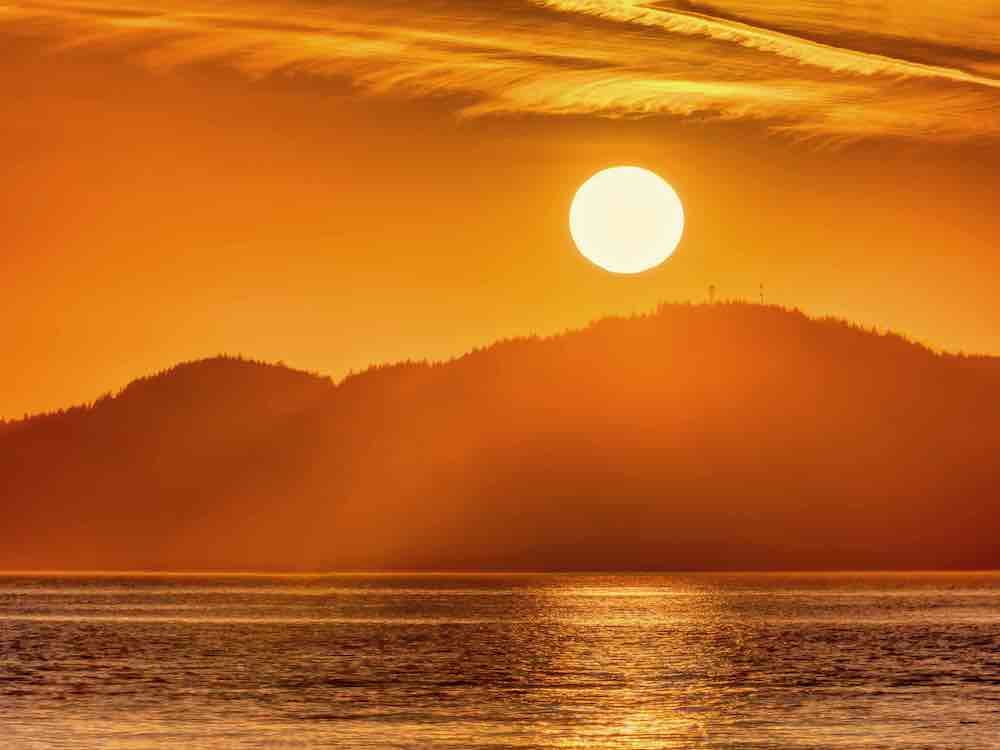

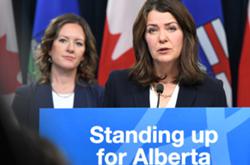
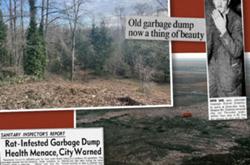
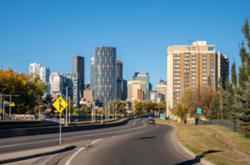








Tyee Commenting Guidelines
Comments that violate guidelines risk being deleted, and violations may result in a temporary or permanent user ban. Maintain the spirit of good conversation to stay in the discussion and be patient with moderators. Comments are reviewed regularly but not in real time.
Do:
Do not: